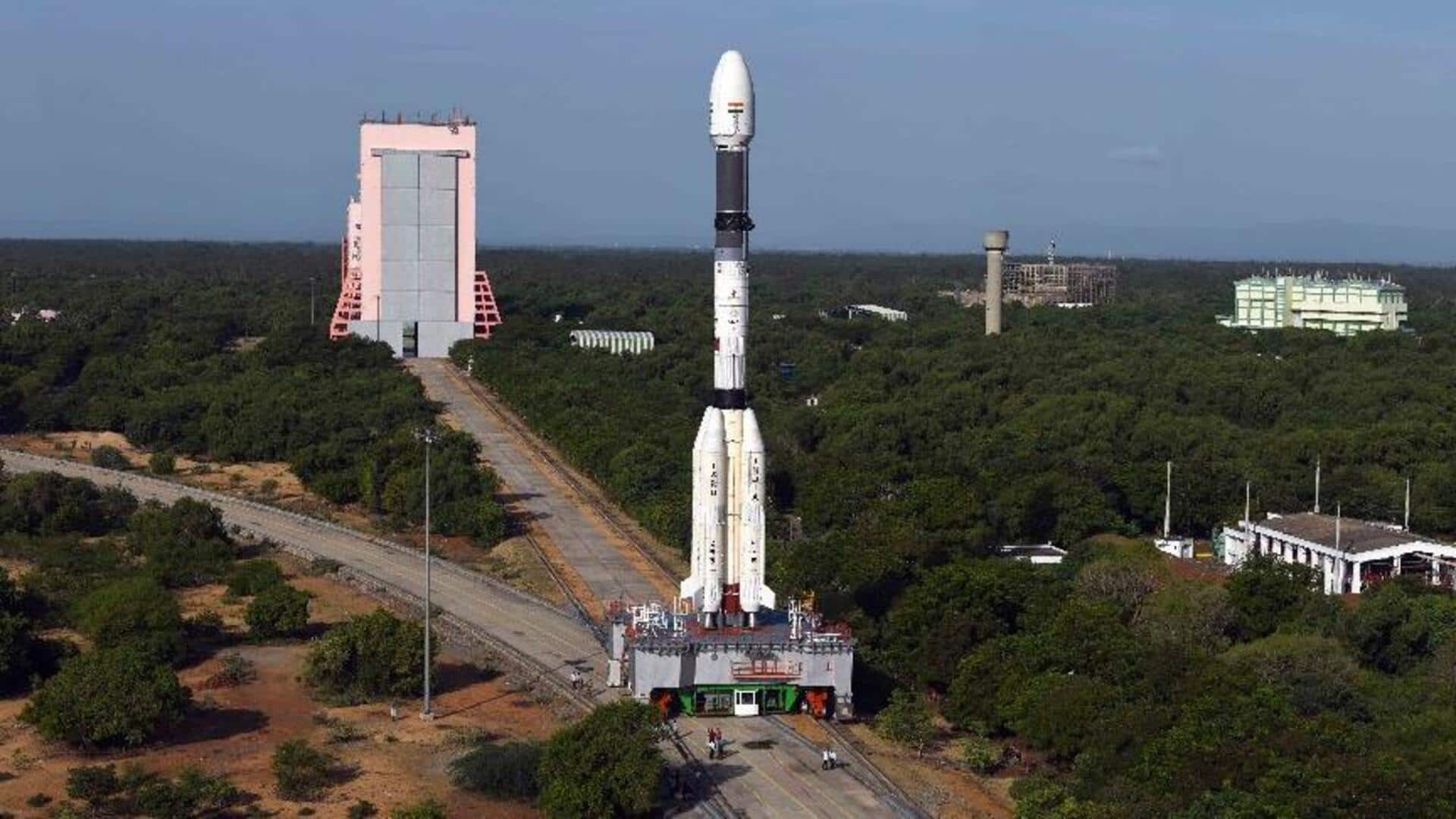
ISRO starts moving Chandrayaan-3 to launch pad: Know mission highlights
What's the story
Indian Space Research Organisation (ISRO) has commenced the movement of the LVM3 M4 vehicle carrying Chandrayaan-3 to the launch pad.
The journey started earlier today at the Satish Dhawan Space Centre-SDSC, located in Sriharikota, Andhra Pradesh.
The space agency is planning to launch the mission as early as July 13. However, the optimal launch window extends till July 19.
Context
Why does this story matter?
Chandrayaan-3 is one of ISRO's most ambitious space exploration projects with an estimated budget of approximately Rs. 615 crore.
Yesterday, ISRO confirmed the integration of the Chandrayaan-3 capsule with the LMV3 (Launch Vehicle Mark 3) rocket, and now we are seeing how the mission is inching closer toward launch.
We are just days away from another historic milestone for India's space sector.
Mission
Chandrayaan-3 is a follow up to Chandrayaan-2 from 2019
Chandrayaan-3 is a follow up to Chandrayaan-2 which was launched in 2019. It is built to achieve "safe landing and roving" on the Moon.
So far, only three nations, including the US, Russia, and China have managed to perform landing and roving on the lunar surface.
Chandraayan-3 is thereby significant as it could make India the fourth nation to accomplish that milestone.
Information
What happened during Chandrayaan-2 mission?
Four years ago, Chandrayaan-2 set out to carry out the same objective as Chandrayaan-3 but was not successful. Although the spacecraft did make it to the lunar orbit, the lander faced technical anomalies as a result of which it crash-landed on the Moon.
Objectives
Chandrayaan-3 mission has a two-module configuration
The Chandrayaan-3 mission has a two-module configuration: Lander module (LM) and Propulsion module (PM). A rover is accommodated within the LM itself.
The PM will have the task of carrying the lander and rover system until 100km into the lunar orbit and aid in the separation of the LM.
Chandrayaan-3 will rely on the orbiter from the Chandrayaan-2 mission for communications.
Operations
Here's a closer look at the role of the LM
Landing on the Moon is quite tricky, something which we have learned from Chandrayaan-2.
Typically, once the LM disengages from the propulsion module, it will begin its descent toward the Moon's surface.
The lander will have to precisely modulate two things: the speed at which it is descending to the lunar surface and the rate at which it swings sideways.
Payloads
Chandrayaan-3 will be carrying several payloads
Chandranyaan-3 will have three main goals: safe and soft landing on the Moon, roving on the lunar surface, and conducting in-situ scientific experiments.
For the latter part, the lander and rover modules will carry several scientific payloads.
The mission will also be carrying a payload from NASA. It is a passive 'Laser Retroreflector Array' which will help with lunar laser ranging studies.
Timeline
The mission could launch as soon as July 13
ISRO is targeting to launch Chandrayaan-3 between July 13-19.
It will take off aboard an LMV3 rocket—India's heaviest space launch vehicle—from the Satish Dhawan Space Centre (SDSC) SHAR, Sriharikota.
After launch, the mission will start an approximate two-month journey before it can "soft land" on the Moon. It is planned to operate for one lunar night or 14 Earth days.
Twitter Post
Take a look at the integrated launch module
🚀LVM3-M4/Chandrayaan-3🛰️ Mission:
— ISRO (@isro) July 6, 2023
Early hours today, at SDSC-SHAR, the movement of the LVM3 M4 vehicle with Chandrayaan-3 to the launch pad has commenced pic.twitter.com/Oxb7arzpYr